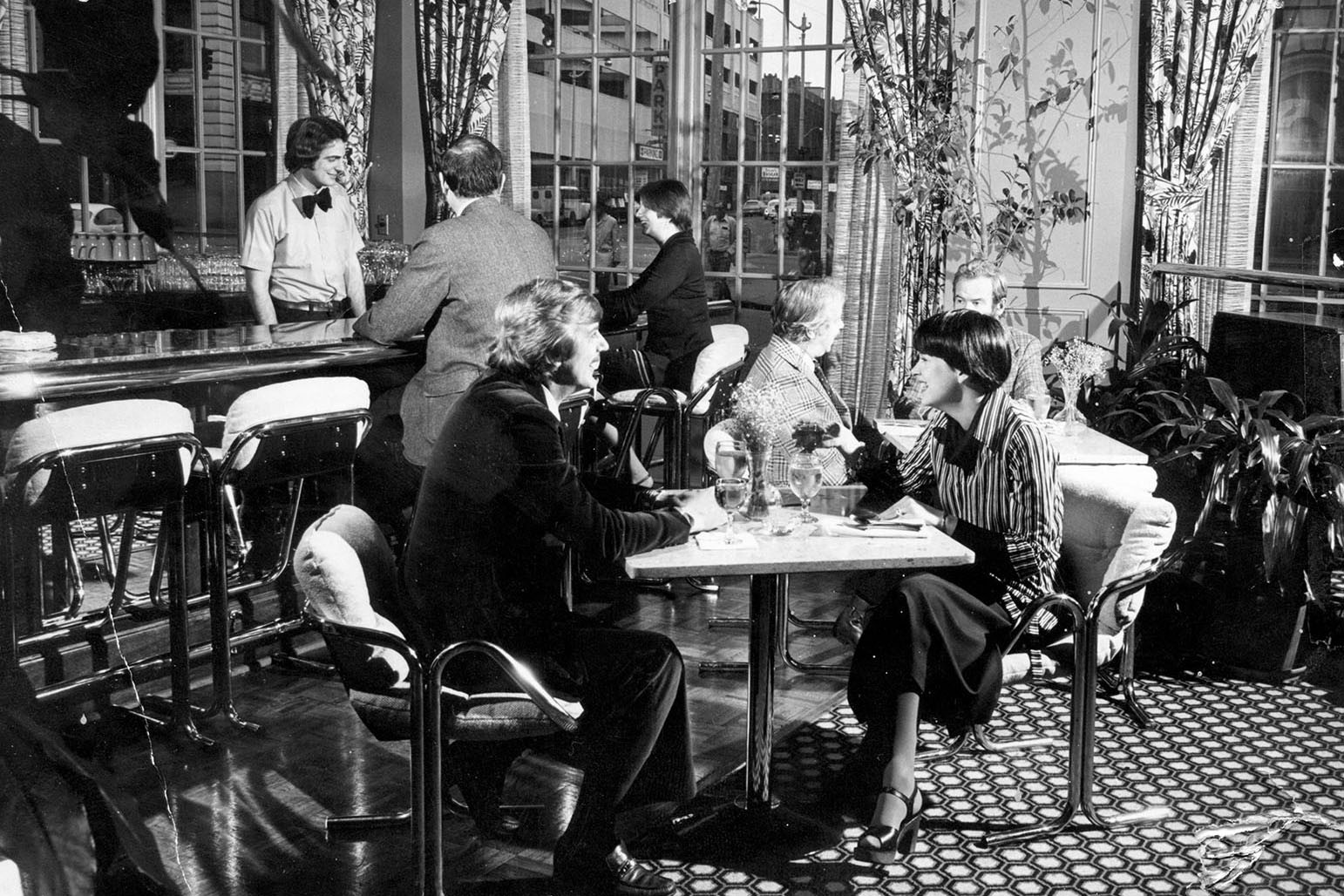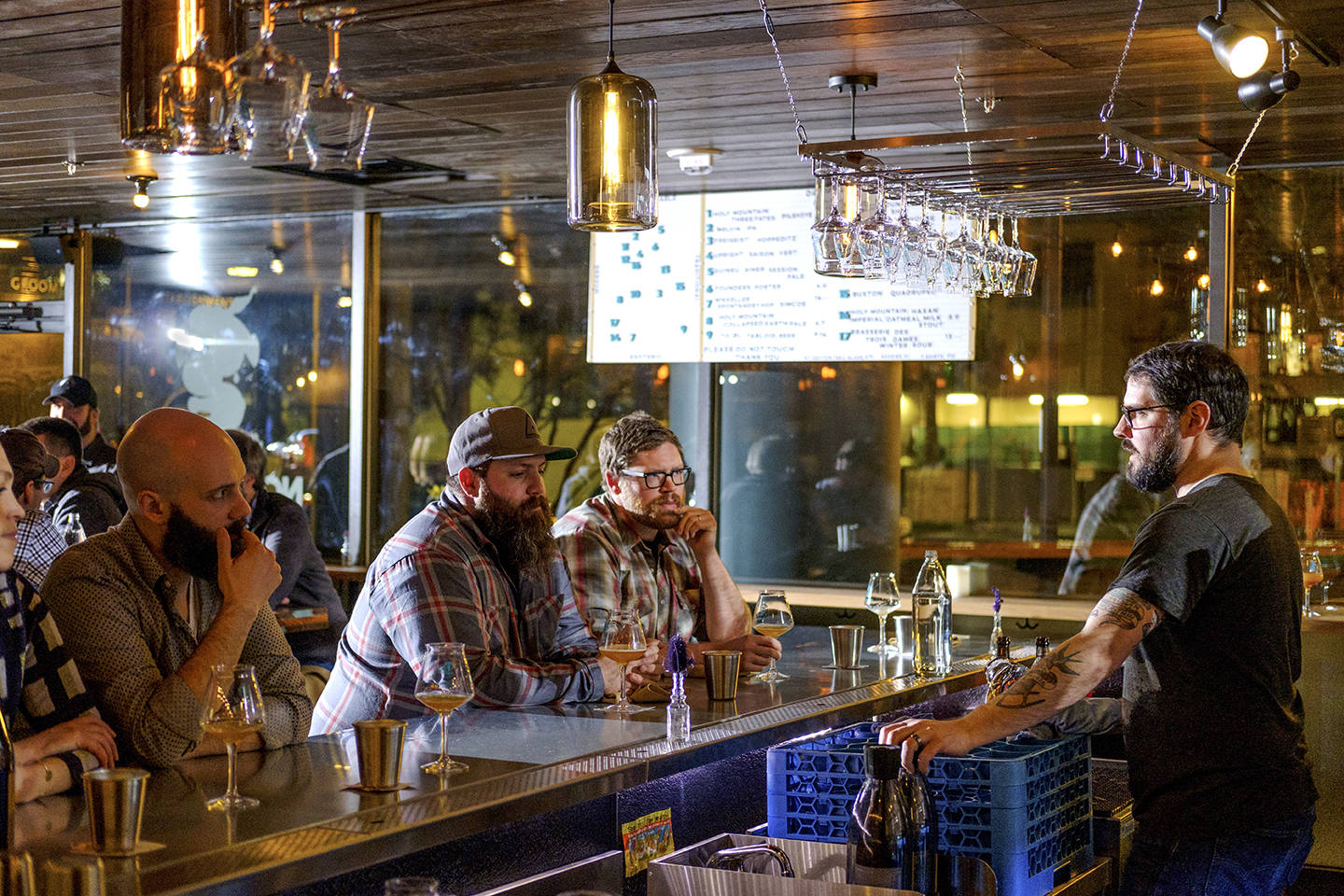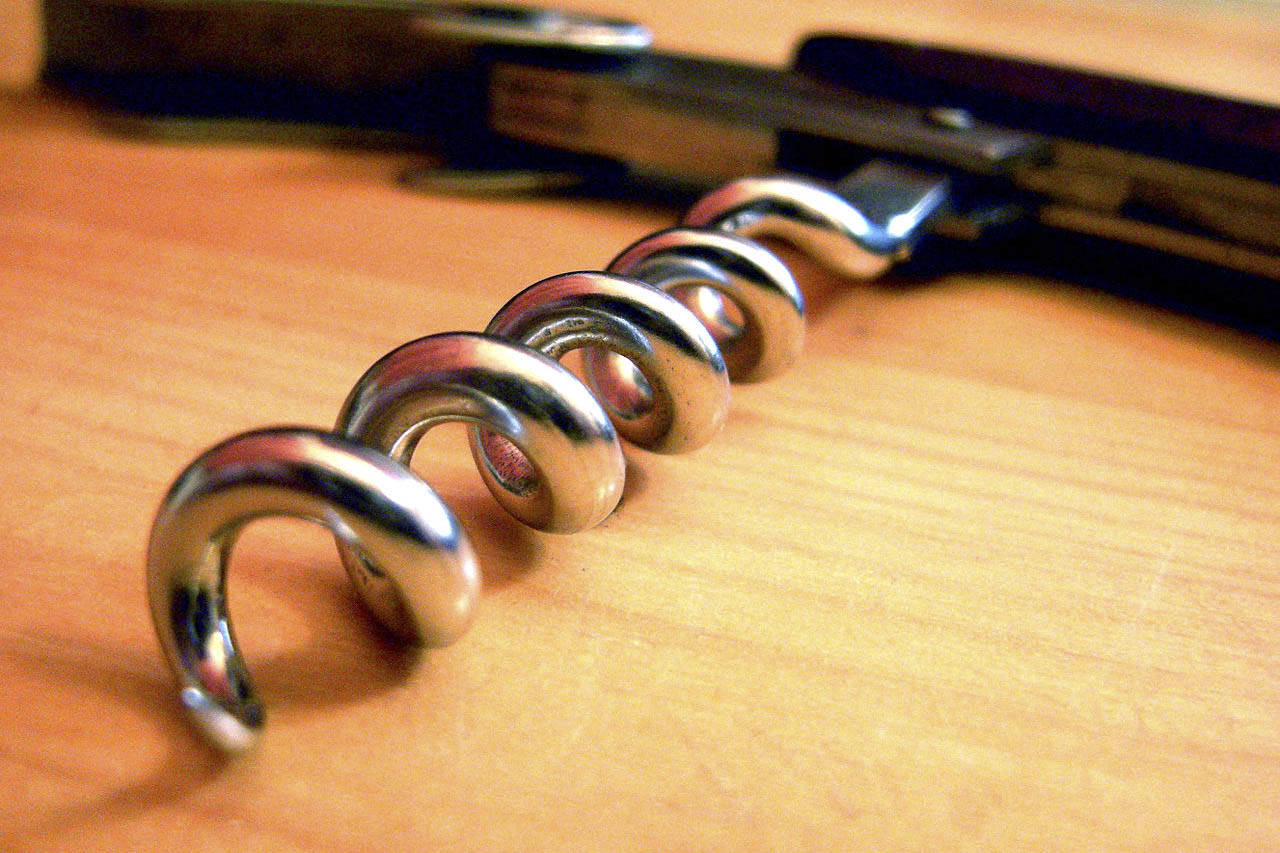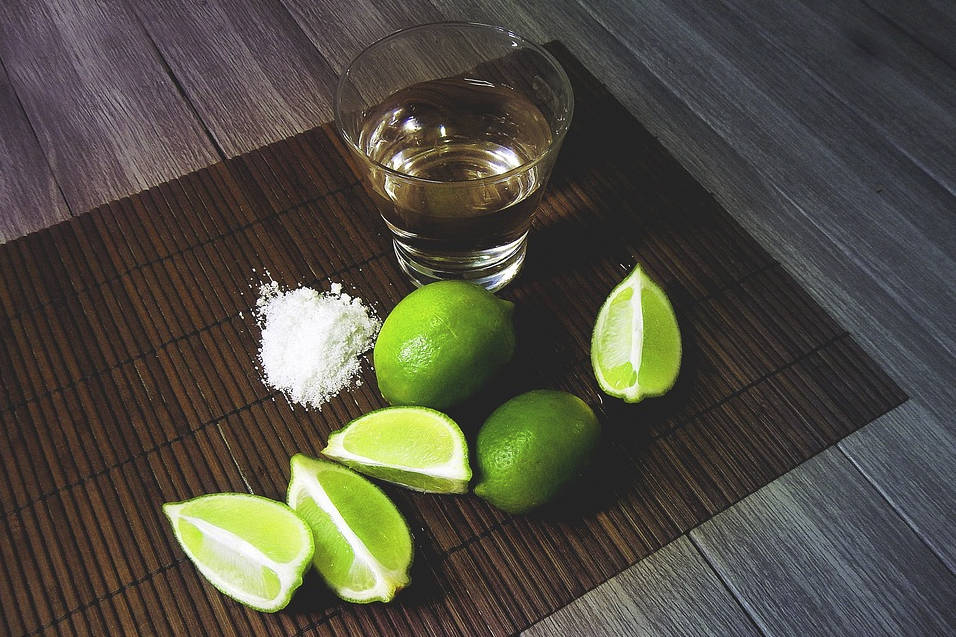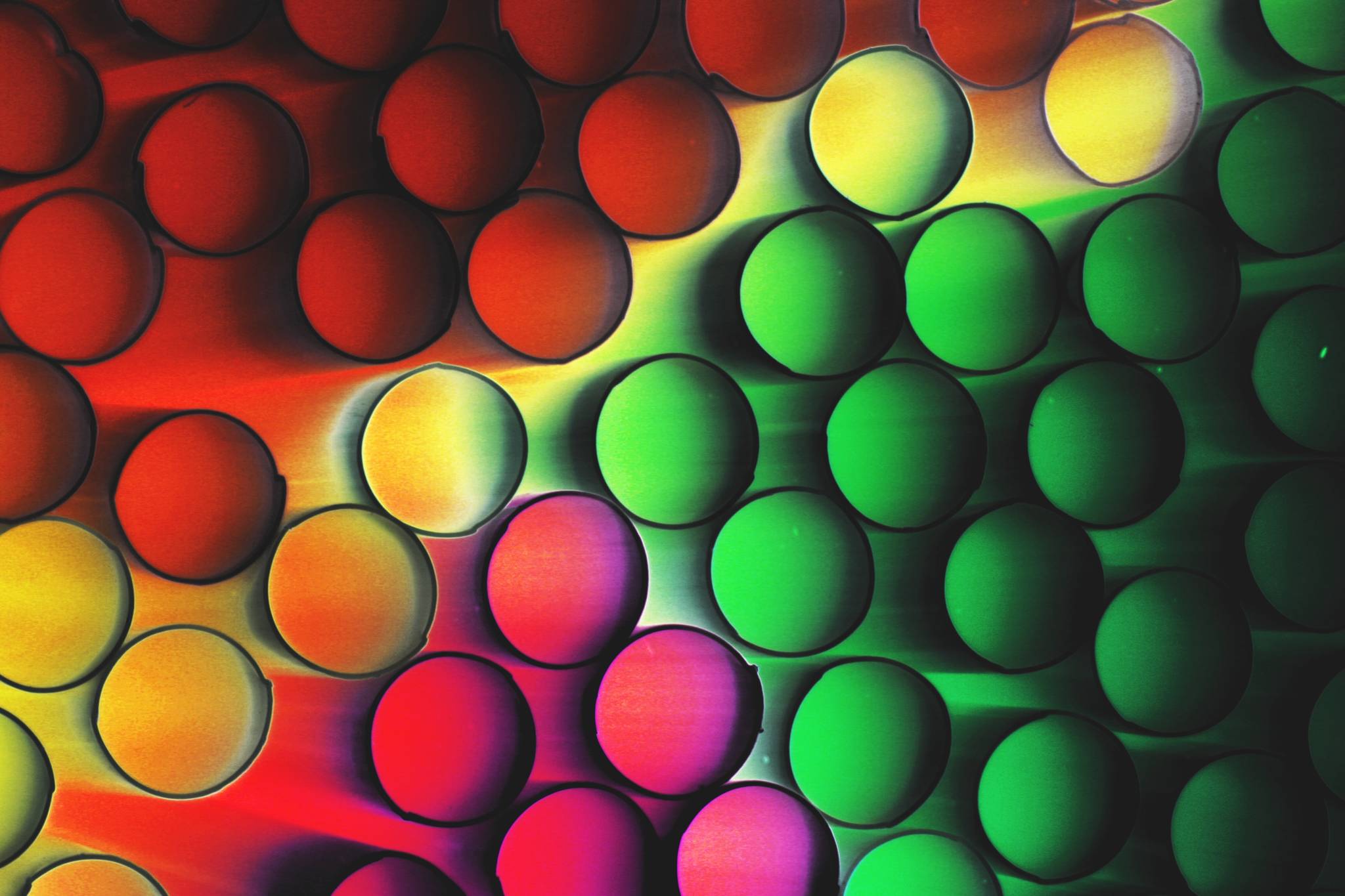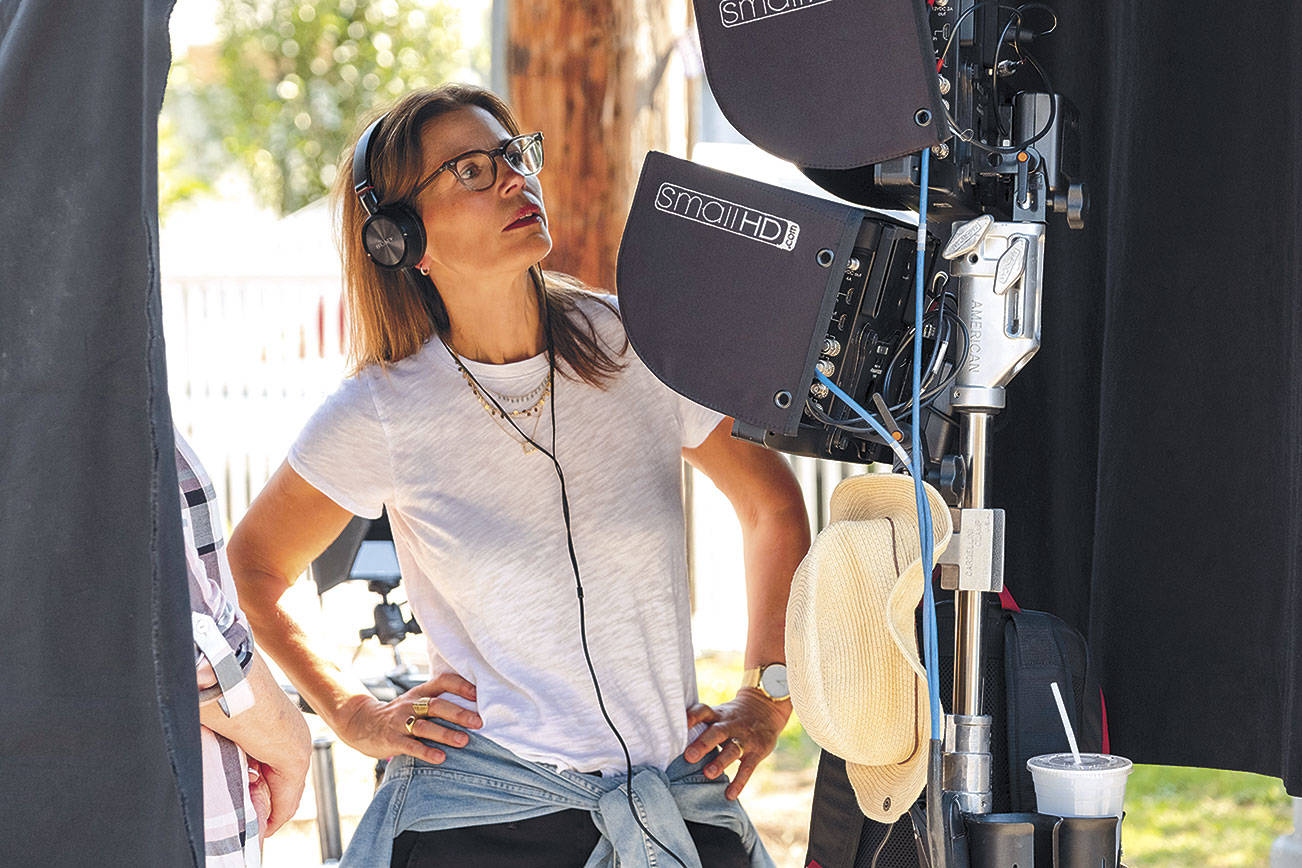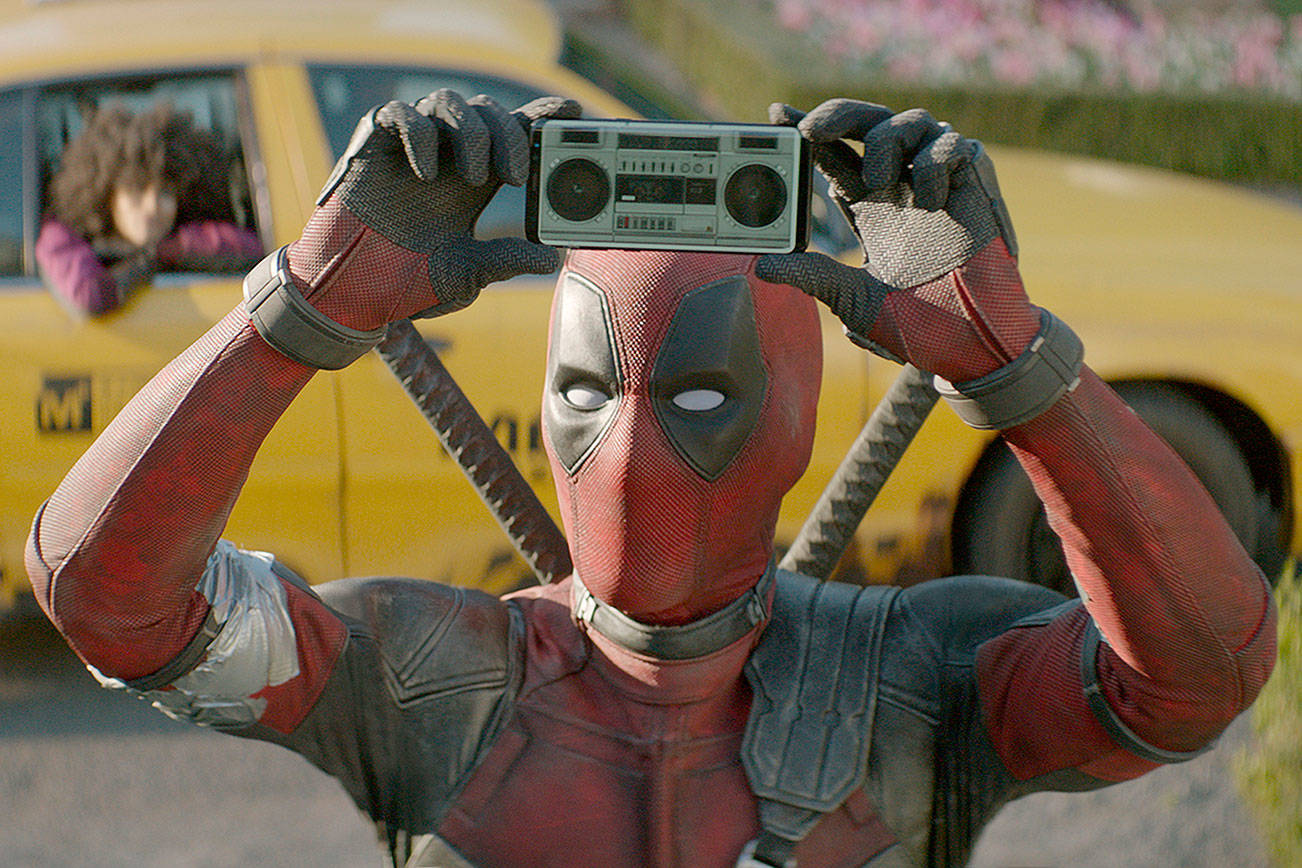In 1976, Seattle could generously have been described as a city “in flux.” Concerns about its future were best summed up on a billboard five years earlier: “Will the last person leaving SEATTLE – Turn out the lights.” A rocky relationship with Boeing had created insecurities in a city still a decade away from its first high-tech boom, and an ongoing battle by the Lesser Seattle crowd had stymied growth and progress in certain key areas. Yet at the same time, the massive concrete edifice of the Kingdome seemed to push forward the global ambitions announced when the Space Needle was built more than a decade prior, with the Seahawks joining the National Football League that year and the Mariners entering Major League Baseball the next.
Amid all that came Oliver’s Lounge, a perhaps-unlikely landmark for progressivism and growth, a bar that has in many ways contributed greatly to the vast changes that have shaped our city over the past four decades. If you’d been a regular at Oliver’s for the past 40 years, you could have watched the city change around you even as the bar itself seemed stuck in time. The marble tabletops, salvaged from the facade of a demolished bank and in place since opening day—they’ve seen just about everything.
“The unexpected sight of watching a bartender, from the street, wipe a glass and measure a shot of Jim Beam is both startling and pleasurable.” Those words, which appeared in Seattle Weekly (then The Weekly of Metropolitan Seattle) in 1976, now seem almost charmingly archaic, but at the time they marked a revolution. Oliver’s had opened only months after the Washington State Liquor Control Board had repealed a long-standing rule prohibiting hard alcohol from being served in view of the public. Previously, bars and pubs had been dark and dingy affairs, with little natural light regardless of the time of day. Oliver’s, with its floor-to-ceiling windows, couldn’t have been more different. Almost immediately it was a hit with Seattle’s sophisticated drinkers, while also being a target for the anti-drinking crowd that’s pervaded Washington for generations.
As a child, I heard that story from my father, a Seattle native, and marveled: Something as seemingly innocent as a bar with windows could be controversial. It was a powerful reminder for those of us who have grown up with a cosmopolitan and forward-looking Seattle that this used to be a provincial, buttoned-down town.
In the early years especially, the view out of those striking windows was far from the relatively clean and sanitized downtown Seattle we experience today. In those days, Oliver’s Fourth Avenue and Olive Way location was at the far edge of downtown. While the stalwart Bon Marché stood sentinel across Fourth Avenue, just a block or two further north were boarded-up windows, anonymous warehouses, and a cast of characters that could charitably be classified as “colorful.” Pimps and prostitutes worked the surrounding blocks, and that slight frisson of danger added to the allure of stepping inside the door. Contrast that with today’s daily parade of 9-to-5 workers, their monotony broken only momentarily by an unpleasant interaction with one of the city’s homeless or, maybe, a guy in a tree throwing apples at pedestrians … and yes, the bar was packed for that spectacle.
“The room is flooded with natural light, classical piano music carefully chosen … and the mood is urbane and convivial,” concluded The Weekly. Sophisticated drinking could be found in Seattle before Oliver’s, of course, but never before had it been thrown open to a wider class of patrons than the social clubs and cigar parlors that predated it. Oliver’s quickly became a haunt for journalists and office workers, politicians and lawyers, and it still draws a diverse crowd: cruise-ship patrons, international tourists, and in some cases multiple generations with a long-standing tradition of a cocktail in the midst of holiday shopping.
Amazingly, the corner of Fourth and Olive is one of the few remaining in downtown Seattle that hasn’t been rebuilt in some way since Oliver’s opened. In these days of seemingly endless construction and countless cranes dotting the city skyline, we forget that we’ve had spasms of growth before. From 1986 to 1988, as Westlake Mall was being built and the bus tunnels were being dug, the dust was thick enough that those iconic windows had to be cleaned almost daily.
With the opening of Westlake Mall came increased confidence in the viability of business in the former hinterlands north of Olive. Restaurateurs and entrepreneurs moved in and expanded what we consider the downtown core. Now the construction is centered a few blocks away in Amazonia, but the challenging traffic and congestion can still wreak havoc with downtown businesses. The resulting stress can sometimes be helped with a stiff cocktail.
Turning my focus back into the bar, I wonder if I appreciate how well I have it these days, when a great drink can be found on nearly every block. Tracing the arc of Seattle’s cocktail culture can be tricky, but Oliver’s played its part there as well. Legendary bartender Murray Stenson was hired in 1977, and has been succeeded by a series of icons that include Mike Rule, Patrick Donnelly, and Jason Simplot. In the early days, the list mostly consisted of martinis, Manhattans, and the slightly horrifying trendy drinks of the time, things like Harvey Wallbangers and Fuzzy Navels.
In the early 1990s, then-general manager Marc Nowak issued a challenge to fellow martini bar Vons that escalated into a series of cocktail competitions throughout the decade, initially featuring several other local bars (though oddly, not Vons) and eventually drawing challengers from throughout the region. That also pushed Oliver’s to start using what were typically considered “top-shelf” spirits in their well, elevating guests’ expectations.
The modern incarnation of Oliver’s cocktail list leans heavily on classics, drinks that retain a timeless sensibility: the Aviation, the Negroni, the Sazerac. Disappointingly, that timelessness carries through to the choice of spirit: almost exclusively large-scale international brands, with only a few locally produced spirits. While there’s no doubt that travelers find a certain comfort in knowing that a Bombay Sapphire martini will be the same the world over, it feels like a missed opportunity to bring the bar program more fully into contemporary Seattle.
The boarded-up windows and prostitutes are gone now, replaced by an ever-growing number of high-end condo and apartment buildings, throngs of Amazon employees with backpacks and designer headphones. The Bon Marché is long gone, while the then-unborn Mariners now have a shop all to themselves across the street. The thrill of being able to sit down with a drink and watch the world move by your window might not be new, yet it remains just as timeless as a well-made martini—the pungent juniper awakening the senses, the coolness refreshing the palate, and the alcohol making you just the right amount of contemplative as you stare out at our past and our future.
